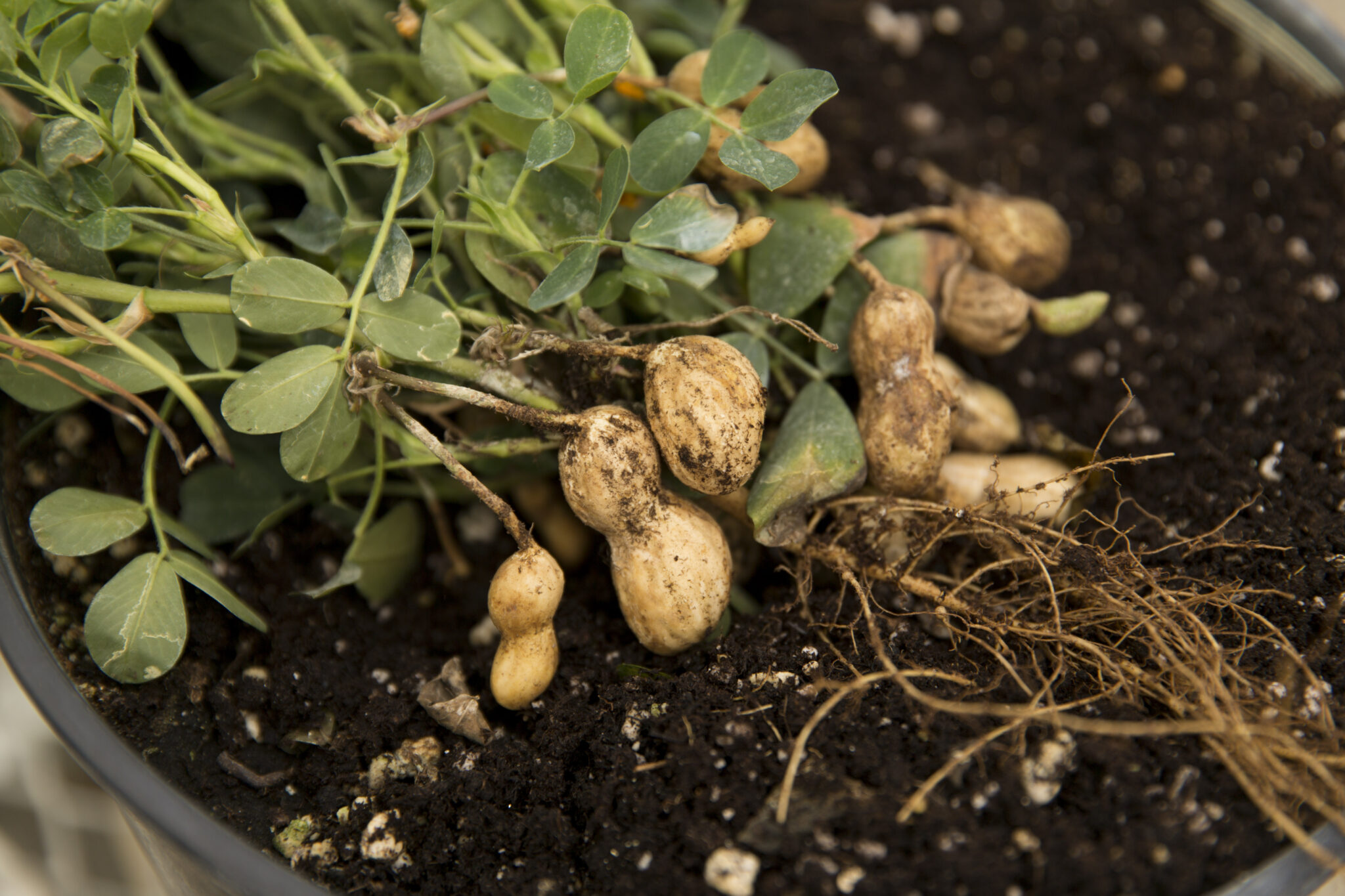By Brad Haire
University of Georgia
Betula nigra, or river birch, is one of the most popular landscape trees in the United States. It grows well and fast in rural and urban environments. Its bark peels into flaky, paper- like pieces that can turn orange, white or dark brown. And its simple green leaves turn bright yellow in the fall.
Bad birches
But over the past decade, something strange has been happening to some river birches in nurseries. Their leaves have started to curl, and growth has been stunted, said John Ruter, a horticulturist with the University of Georgia College of Agricultural and Environmental Sciences.Some of the trees look like witches' brooms. Nobody wants to buy them.
This problem has been called leaf curl, little leaf, squirrel ear and a few other names by nursery owners, he said. But most call it mouse ear.
"Nobody could explain why this was happening," he said. "But it became a problem that got a lot of attention from growers." Horticulturists were baffled.
Because of mouse ear, many Southern nursery managers say they're going to stop growing river birches, Ruter said.
Most commercial river birch trees come from Southern nurseries, which grow about 400,000 each year. About half of these trees are grown in pots with soilless mixtures, which can contain sand, pine bark and peat moss. Over the past decade, this practice has become popular among growers for economic reasons, Ruter said.
Pot mystery
But only the trees growing in pots show signs of mouse ear. Trees growing in nursery fields, where they have access to native, natural soils, are fine, he said."(I) knew that the trees rooting directly in the ground were getting something from the native soils," he said. But that something remained a mystery.
Another scientist mentioned to Ruter that some pecan trees developed mouse ear, too. The pecan trees weren't getting enough nickel from the soil.
Ruter took this idea and applied a little nickel to afflicted river birches growing in pots.
"It was a breakthrough," he said. "The results were dramatic." In just six weeks, trees treated with nickel fully recovered.
Nickel's worth
The trees simply weren't getting enough, if any, nickel from the soilless mixtures they were planted in. The nickel may stimulate an enzyme inside the tree that helps it normally produce leaves and branches.More tests will have to be conducted, he said. Most research on nickel documents its hazard to the environment. It may take the nursery industry time to accept nickel as a micronutrient important to plants and trees like river birches.
Ruter has shown a few nursery managers what nickel can do for their potted river birches, and they're happy with the results.






